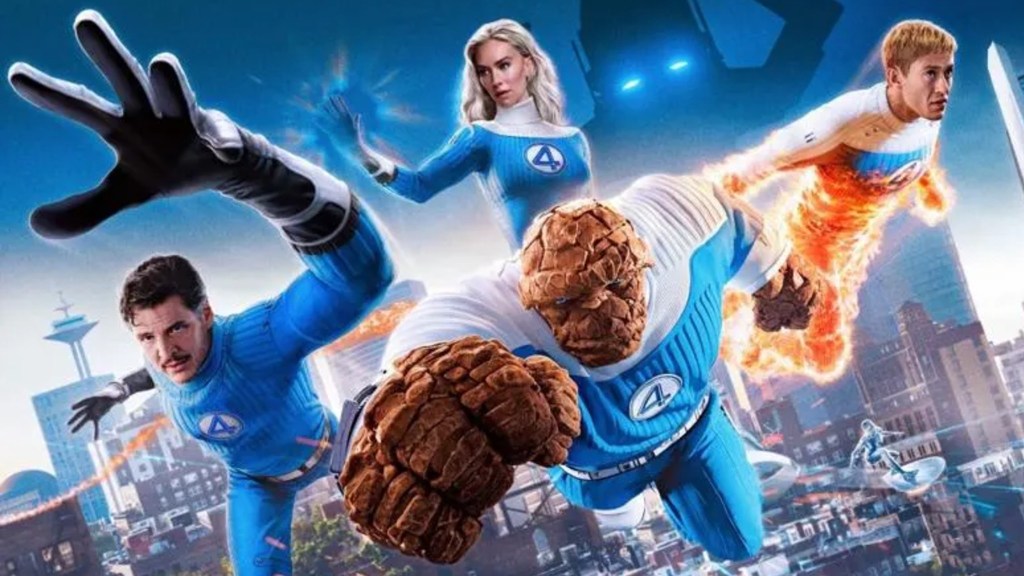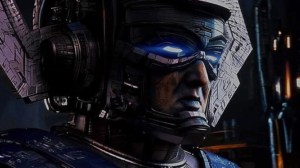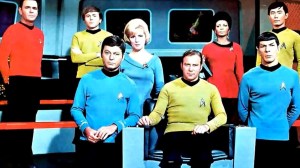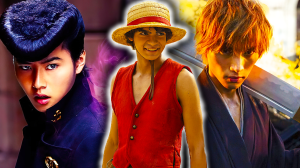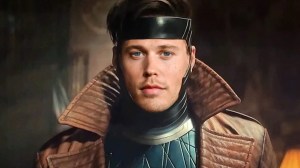It is no secret that the Fantastic Four, Marvel’s First Family, have had a rocky road to the big screen. Their powers are often difficult to translate visually with special effects, and balancing the team dynamic with individual character arcs can be a delicate dance. However, the team’s long-awaited debut in the Marvel Cinematic Universe, Fantastic Four: First Steps, takes a notably different approach, particularly concerning the iconic abilities of one of its central heroes.
Videos by ComicBook.com
While Reed RIchards is famously known for his incredible elasticity, the film almost entirely side-steps his signature power, reserving its appearance for only a handful of moments that are far from the spectacular displays comic book fans might anticipate. This deliberate choice, while seemingly puzzling, actually serves a larger, more intriguing purpose; one that subtly elevates another member of the team to an unprecedented degree. First Steps embarks on a bold reinterpretation of the team’s power dynamic, and in doing so, it creates a fascinating new chapter for characters many thought they knew inside and out.
Reed Richards’ Powers Are Downplayed to the Point of Near Absence
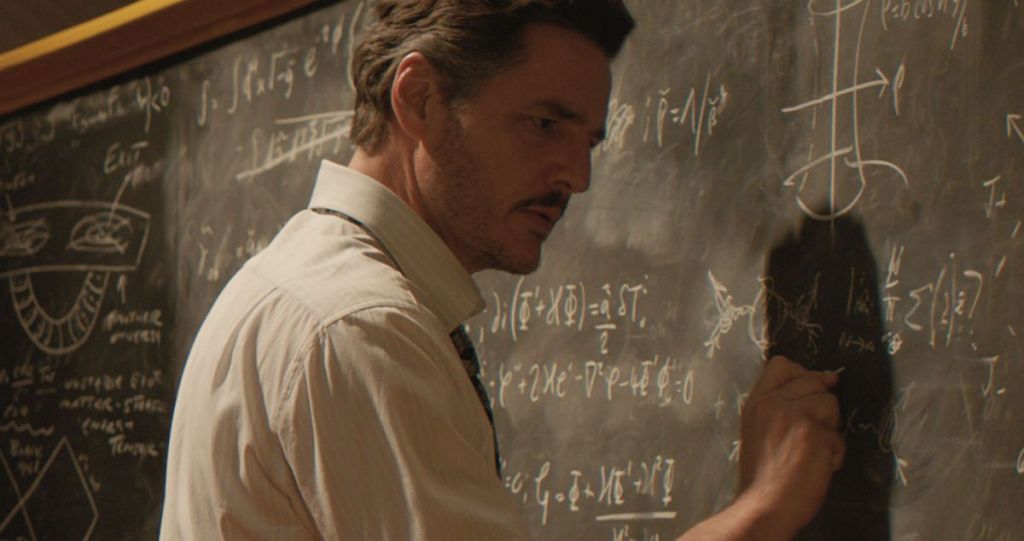
In Fantastic Four: First Steps, viewers accustomed to seeing Reed Richards stretch, contort, and reshape his body in imaginative ways in previous film adaptations will find themselves waiting. And waiting. For a character whose very nickname, Mister Fantastic, is derived from his extraordinary stretching abilities, their use in the film is remarkably absent. During the few combat sequences where the team faces threats, Reed’s elasticity is utilized sparingly, and almost never in a way that feels truly impactful or inventive.
He might extend an arm to grab something or stretch to bridge a gap, or elongate his legs to kick an enemy, but these moments are fleeting, serving a basic plot function rather than showcasing the awe-inspiring potential of his powers. There are no grand, elasticized displays, no clever interactions that leverage his unique physiology in a way that truly turns the tide of battle. It’s almost as if the filmmakers intentionally scaled back his physical abilities to emphasize other aspects of his character, primarily his intellect.
Beyond the battlefield, Reed’s stretching is similarly understated. We see him stretch to write on an impossibly long chalkboard, a visual gag more than a display of power. He extends a limb or two during a scientific experiment to reach needed materials, but these are pragmatic uses, not heroic ones. Even when he is forcefully stretched by Galactus in the climax of the film, it serves as a moment of fear for the audience and pain for Reed, rather than a demonstration of his control or resilience. This consistent downplaying of his most famous ability feels like a conscious decision, one that steers the audience’s focus away from the physical spectacle of Mister Fantastic and towards something else entirely. It’s a bold move, stripping a superhero of their defining characteristic, and it sets the stage for a significant shift in the team’s internal hierarchy.
With Reed’s Powers Scaled Back, Sue Storm is Allowed to Flourish and Redefine Her Role

The subtle suppression of Reed Richards’ powers in Fantastic Four: First Steps is not a flaw; rather, it is a calculated choice designed to allow his wife, Sue Storm, the Invisible Woman, to truly shine. For over six decades in the comic books, Sue, despite being an integral member of the team, was often relegated to the “token woman” role, primarily known for her invisibility and force fields, which, while powerful, were frequently underutilized or presented as defensive. First Steps aggressively rectifies this historical imbalance, allowing Sue’s powers to evolve and be portrayed in ways the comics rarely, if ever, allowed. She is not merely invisible; she manipulates light itself to create force fields with a precision, versatility, and offensive capability that makes her arguably the most visually dynamic and powerful member of the team.
Sue’s force fields become weapons, shields, and tools for the single most incredible feat of strength and control in the entire film. In a desperate gambit to save her infant son, Franklin, Sue employs ability in a way we have never seen before, drawing on strength powerful enough to push and hold back Galactus himself. Even the other members of the team are awed by the raw power she exhibits in that moment, making Sue shine brighter than even her fiery brother. The film elevates Sue from her decades-long role in the shadow of her team to a central figure whose power is both breathtaking and essential to the team’s success.
What’s truly compelling is how this dynamic plays out with Reed. Instead of a power struggle or a sense of competition, Reed is shown to be genuinely awed by the raw power Sue displays in that moment. There’s a palpable sense of pride and admiration in his eyes as he witnesses her unleash her full potential, though he fears for her life in using her power in a way never before seen. Sue’s heroic moment that ultimately wins the greatest battle the Fantastic Four has ever faced (that we know of) not only makes up for her long history of being sidelined in comics but also creates a fascinating and healthy marital dynamic between her and Reed, where each partner’s strengths are celebrated without overshadowing the other.
Fantastic Four: First Steps doesn’t just present a new take on Marvel’s First Family; it scales back the traditional hero with Mister Fantastic and redefines the very essence of the Invisible Woman, making her an undeniable force to be reckoned with.

